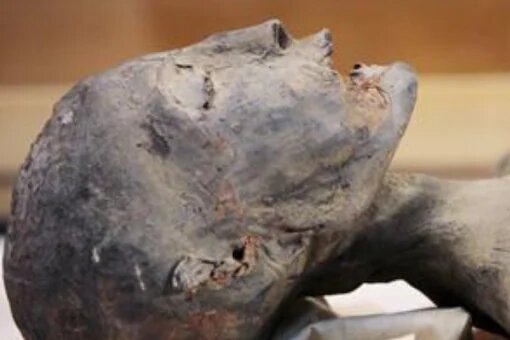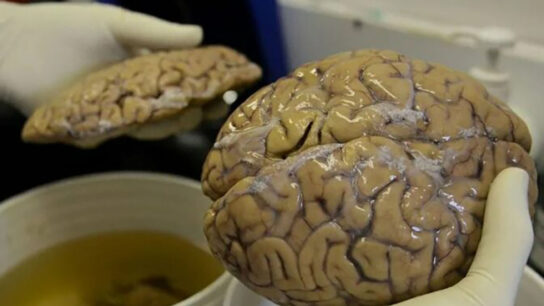Scientists Hope to Solve the Mystery of 163 Child Mummies Discovered in Italy
The 200-year-old secrets of the child mummies of the Capuchin Catacombs of Palermo in northern Sicily are to be revealed by a British-led team of scientists using X-ray technology.
Dr. Kirsty Squires, of Staffordshire University, will head a first attempt to tell the stories of some of the 163 children whose remains lie within the corridors and crypts of the famous underground tomb.
The Catacombs contain 1,284 mummified and skeletonized bodies, the largest collection of mummies in Europe. While many of the children contained there are now skeletal, others have been described as appearing as if they are sleeping.

The two-year investigation will focus on the children who died between 1787 and 1880 and, initially, on 41 bodies residing within a bespoke “child chapel”.
None of the children’s identities, causes of death, and medical histories are known, and descriptive tags attached to them have long eroded away.
It is hoped that a better picture of the children’s lives and passing will be revealed by cross-referencing the anatomical findings with archival records, including two books containing names and years of death.
“We are going in January to carry out our fieldwork,” Squires said. “We will take a portable X-ray unit and take hundreds of images of the children from different angles.
“We are hoping to better understand their development, health, and identity, comparing the biological fundings with the more cultural kind of things: the way the individuals have been mummified and the clothes they are wearing as well.”
The catacombs, once solely for the deceased friars of the Capuchin order, have become a popular, if macabre, tourist attraction, with every niche and crevice bearing bodies on open display. The preserved dead were often dressed in their finery and would be visited by their relatives.

The friars first established themselves at the church of Santa Maria della Pace in 1534. They created a mass grave for their dead which opened like a tank under an altar but, when that became full, the deceased was held in a vault, or charnel house, while a new crypt was dug.
When it came to relocating the bodies from the overfull vault, 45 of the deceased friars exhumed were found to have been naturally mummified, with their faces recognizable, a development that was taken to be an act of God.
Rather than bury the remains, the bodies were displayed as relics, propped in niches along the walls of the first corridor of the new cemetery. In 1787, a letter was published stating that everyone, including children, in the region had the right to be accommodated in the catacombs after death.
Almost all the research until today has been on adult mummies, except a headline-grabbing examination of Rosalia Lombardo, who died of pneumonia a week shy of her second birthday on 6 December 1920.
Her startlingly complete preservation was investigated a decade ago by Dr. Dario Piombino-Mascali, who is working with Squires on the latest project at the catacombs.

He said: “Many of the mummies are a result of natural dehydration. Other mummies were chemically treated. Those chemically treated are normally better preserved.
“Some of them are superbly preserved. Some really look like sleeping children. They are darkened by time but some of them have got even fake eyes so they seem to be looking at you. They look like tiny little dolls.
“Of course, you want to do something to preserve them and to make sure their stories are told and give a sense that they are children. It is very upsetting when you deal with children in anthropology.”

Radiographic images – 14 per mummy, from head to toe – will be taken and examined by Dr. Robert Loynes, a retired orthopedic surgeon who has previously investigated ancient Egyptian mummies. Piombino-Mascali said it was vital that the work on the fragile corpses was “non-invasive”.
Images will be drawn by an artist from Los Angeles, Eduardo Hernandez, who will produce illustrations for use in educational leaflets for handing out at the catacombs and elsewhere. The project has received over £70,000 in funding from the UK’s Arts and Humanities Research Council. The last bodies interned in the catacombs died in the early 20th century.




